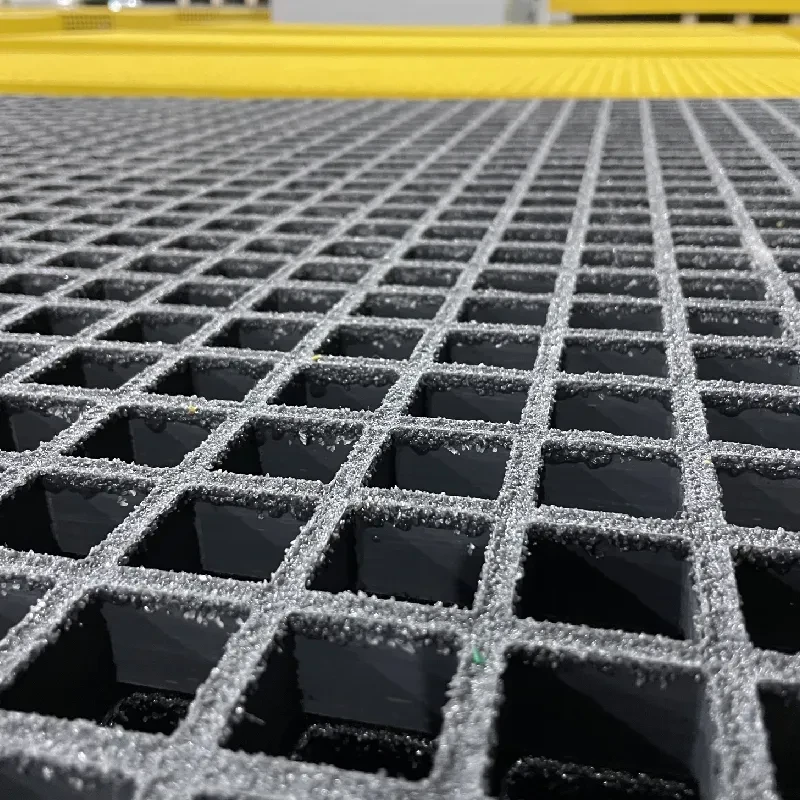loading...
- No. 9, Xingyuan South Street, Dongwaihuan Road, Zaoqiang County, Hengshui, Hebei, China
- admin@zjcomposites.com
- +86 15097380338
- Welcome to visit our website!
Innovative Solutions for Effective Water Treatment Equipment and Technologies
Understanding Water Treatment Equipment Importance and Types
Water is essential for life, serving as a critical resource for drinking, agriculture, industry, and sanitation. However, the natural sources of water are often contaminated with pollutants, making water treatment necessary to ensure its safety and quality. Water treatment equipment plays a crucial role in this process, employing various technologies to purify water and make it safe for human consumption and environmental use. In this article, we will explore the importance of water treatment equipment and the different types available in the market.
The Significance of Water Treatment
Contaminated water can lead to various health issues, ranging from gastrointestinal diseases to chronic conditions. Effective water treatment is vital to removing pathogens, toxins, heavy metals, and other harmful substances. Moreover, as the global population continues to grow, the demand for clean water also increases, putting additional pressure on existing water resources. Thus, investing in water treatment technologies is not just a necessity for public health but also for sustainability and environmental preservation.
Types of Water Treatment Equipment
Water treatment equipment can be categorized based on the specific treatment methods they employ. Below are some of the most common types
1. Filtration Systems These systems use various media, such as sand, gravel, or activated carbon, to physically remove particles and impurities from water. Filtration is often the first step in water treatment and is essential for reducing turbidity and improving clarity. Different filters are designed for specific contaminants, including sediment filters, activated carbon filters, and membrane filters.
2. Reverse Osmosis (RO) Systems This type of equipment uses a semi-permeable membrane to remove ions, molecules, and larger particles from water. It is highly effective for desalination and for removing heavy metals, nitrates, and other dissolved contaminants. RO systems are widely used in residential and industrial settings for producing high-quality drinking water.
water treatment equipment

3. Ultraviolet (UV) Disinfection UV disinfection systems use ultraviolet light to inactivate harmful microorganisms in water, including bacteria, viruses, and protozoa. This method is chemical-free and leaves no harmful residues, making it an environmentally friendly option for water purification.
4. Chemical Treatment Equipment Chemical dosing systems are used to add specific chemicals to water for treatment purposes, such as chlorination for disinfection or coagulants that help in sedimentation. These systems require careful monitoring and control to ensure that the correct dosages are administered, optimizing the effectiveness of the treatment.
5. Ion Exchange Systems These systems are commonly used to soften water by exchanging calcium and magnesium ions with sodium ions. Ion exchange technology is also used in the removal of specific toxic metals from wastewater, making it a versatile option for different applications.
6. Aeration Systems Aeration involves mixing air with water, allowing volatile contaminants to evaporate and improving the overall quality of water. It is particularly effective in reducing odors and taste issues arising from dissolved gases like hydrogen sulfide.
The Future of Water Treatment Equipment
As technological advancements continue to drive innovation in water treatment, new tools and systems are becoming available. Smart water treatment systems, equipped with IoT and artificial intelligence, hold the promise of enhancing efficiency and effectiveness in monitoring water quality and managing treatment processes. Furthermore, emerging sustainable technologies, such as decentralized water treatment solutions, are gaining attention as communities seek to address water scarcity and quality challenges proactively.
Conclusion
In conclusion, water treatment equipment is indispensable in ensuring the safety and quality of our water supply. With various technologies available to address specific contamination challenges, choosing the right equipment is essential for effective water management. As we look to the future, continued investment in water treatment technologies will be crucial for sustaining our most precious resource—clean water—for generations to come.
-
GRP Structures: The Future of Lightweight, High-Performance EngineeringNewsJun.20,2025
-
FRP Water Tank: High-Performance Storage for Corrosive and Clean Water SystemsNewsJun.20,2025
-
FRP Square Tube: The New Industry Standard for Chemical and Structural ApplicationsNewsJun.20,2025
-
FRP Pultruded Profiles: The Ultimate Choice for Lightweight Structural StrengthNewsJun.20,2025
-
FRP Handrails: The Safer, Smarter, and Stronger Choice for Modern InfrastructureNewsJun.20,2025
-
FRP Grating: The Smart Solution for Durable, Lightweight Industrial FlooringNewsJun.20,2025
-
Why Choose a Galvanized Water Tank for Your Storage NeedsNewsMay.21,2025
